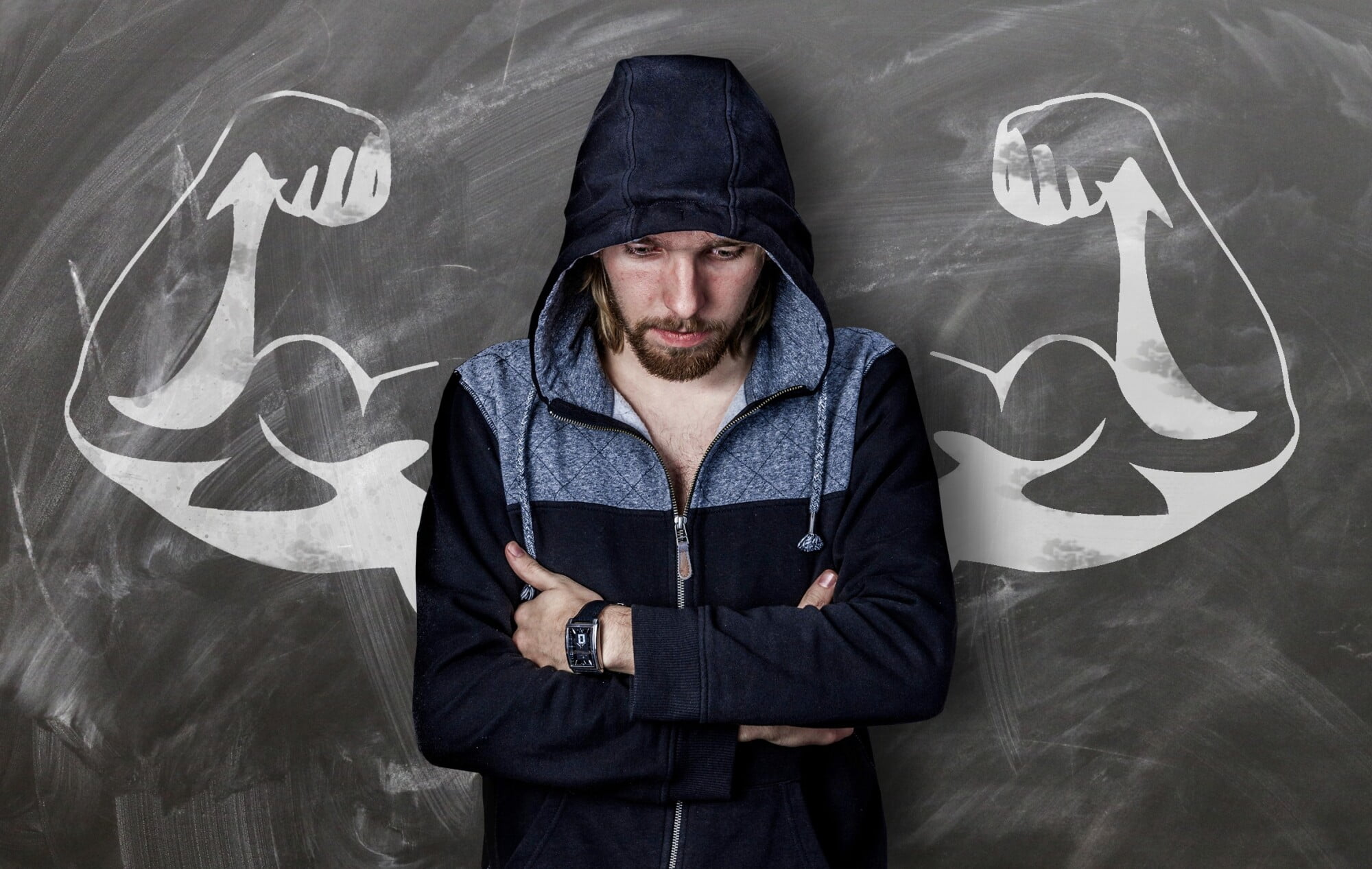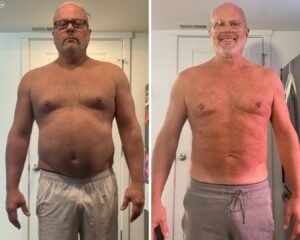The pursuit of the ideal male body is almost as old as civilization itself. Just look at the art and sculpture of ancient Greece, where the male form was meant to reflect the glory of legendary heroes or even the gods themselves.
And that tradition lives on today in the rippling bodies of our movie stars. Think back to the public reaction to seeing once tubby Chris Pratt shirtless and ripped in Guardians of the Galaxy.
But is that what the perfect man looks like? And who gets to decide, anyway?
It’s a more complex question than you might think. To get to the bottom of it, let’s take a look at how the ideal man has evolved, what he looks like in different parts of the world, and if those conceptions translate into a picture of good health.
How the Ideal Male Body Changed over Time
The more things change, the more they stay the same, right? Well, not quite. The ideal man has undergone some extreme transformations over the years.
Here are a few forms he’s taken at key points throughout history.
Ancient Greece: 800 BC – 146 BC
In ancient Greece, men were expected to strive toward the examples set by the gods or by mythological heroes like Hercules or Achilles. Few, if any, ancient Greeks would have been able to achieve that goal with their limited nutritional options and primitive understanding of physiology. But that didn’t keep them from trying.
The Greeks established the first gymnasia, public buildings or grounds where citizens could work out. While they relied on bodyweight exercises like push-ups and pull-ups, they managed to invent an early form of weight training. One ancient weightlifter became a legend for being able to lift a 316-pound boulder.
So while the results probably fell short, we can see their ideals reflected in their efforts. The ideal male body is muscular and lean, with long flowing locks reminiscent of Zeus or Poseidon.
The Elizabethan Age: 1558 – 1603
In the England of Shakespeare’s day, muscular arms and a strong, defined upper body were out. Those traits were associated with peasants and laborers, not the refined intellects of the upper class.
One trait they did have a penchant for was muscular legs. That would explain why art from the period tends to show men wearing a lot of tights to show off those shapely thighs.
The Gilded Age: Late 1800s – Early 1900s
We see the most radical shift yet around the turn of the 20th century. While you might find the occasional strongman in traveling circus acts, society at large didn’t view muscles as the marker of manliness anymore. Instead, the manly man was as fat as he could be.
This was because having a generous frame signified that you had the wealth to pig out whenever it suited you. They went so far as to establish “fat men’s clubs” in some cities. These fraternities demanded that you not only be of the proper class, but the proper build.
The Golden Age of Hollywood: 1920 – Late 1950s
The biggest catalyst behind the shift back to a leaner ideal was the movie camera. It didn’t take filmmakers long to figure out that the camera adds 10 pounds, as the saying goes. With their subjects appearing larger on-screen than they actually were, Hollywood started selecting their stars for their leaner builds.
We’re still a ways off from the muscular action heroes of the 80s, however. Instead, lean, athletic, and clean-cut were the order of the day.
The Decade of the Bodybuilder: 1980s
The 80s brought with it a fitness craze the likes of which we’d never seen. Professional bodybuilding had been an underground sport for most of its existence. But now, figures like Arnold Schwarzenegger were A-list celebs.
Never mind that macho action stars like Schwarzenegger and Stallone might have indulged in some artificial enhancement to achieve those builds. Natural or not, they were the body icons of the decade.
The Rise of the Millennial: 1990s – Present
After the excesses of the 80s, the beefy marquee stars gave way to a more diverse range of body types. Even the hunks slimmed down, looking more like Brad Pitt in Fight Club than Van Damme in Bloodsport.
As we entered the new millennium, the dad bod would rise as an unconventional ideal. The likes of Seth Rogan and Jason Segel were at the forefront, positing a more relaxed view of the ideal male body.
The Perfect Male Body around the World
Along with how ideals shifted across the ages, it’s worth acknowledging that the ideal male body takes different forms depending on where you are in the world.
In America, our ideal is a Frankenstein monster of different celebrities and athletes’ body parts. Hugh Jackman’s arms here, a soccer player’s legs there, you get the idea. But that doesn’t hold true worldwide.
To illustrate the point, a U.K.-based medical service commissioned graphic designers from 19 countries to retouch the same photo of a man to conform to what the designers imagined their country’s preferences would be. And the results show a pretty good cross-section of body types.
You get some who favor a chiseled Adonis, some who favor a man built like a grizzly bear, and some who like a skinny guy. So it seems that beauty really is in the eye of the beholder, and the concept of a universal ideal is a myth.
Building a Healthy Body
All the men’s health sites and magazines stress the importance of fitting into whatever mold is popular at the moment. But what we do or don’t find desirable is both culturally specific and subject to change. So what’s a guy to do?
Maybe the wisest move is to forget about aesthetics for a minute and think about how you feel in your body.
Do you feel well, or are you tired all the time? Can you sustain your energy and momentum throughout the day? Do you have a clear mind, or do you find yourself getting lost in the brain fog?
These should be your primary concern. If you’ve packed on a few pounds, it could be affecting your mental clarity as well as your physical health and self-esteem.
At the same time, the shredded bodies you see on Instagram may not be the picture of health, either. Achieving those picture-perfect bodies often involves unhealthy periods of fasting, dehydration, or steroids. Schwarzenegger, for example, would be the first to tell you that his bodybuilding days were hardly clean and all-natural.
For most of us, the best course is to strike a healthy middle-ground between dad bod and fitness model. Being lean and healthy is the natural outcome of eating right and moving more. So rather than strive for an abstract ideal, focus on cultivating habits that make you feel better in your own skin.
There Is No One-Size-Fits-All Male Body Type
At the end of the day, any version of the ideal male body is tethered to whatever trend is in vogue at the time. And the thing about trends is that they’re always subject to shift. Dad bods were the big thing a few years ago, but in 2022 they’ve already lost much of their luster.
So rather than chase trends, instead focus on building a body that lets you feel healthy, vibrant, and energetic. To get started living your best, “non-dad bod” life, check out our Dad Bod Bootcamp options and start shedding that unhealthy weight today.






0 Comments